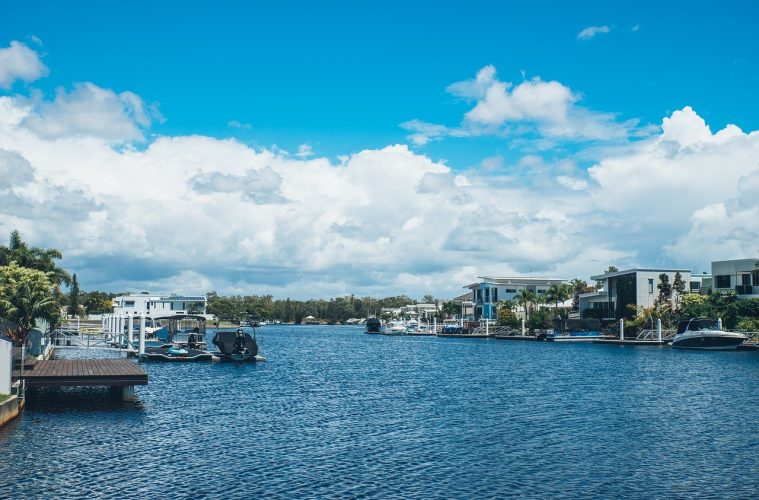When considering a move to the Sunshine Coast, you need to consider everything about the new lifestyle you’re about to inherit. It’s all well and good imagining the sunny lifestyle with BBQs on the beach and lots of time with the family out in the garden, but this counts for nothing if you can’t afford the cost of living. First, you need to compare real estate agents on the Sunshine Coast, this will allow you to get a feel for the people you will potentially be working with. Once you have identified the individual you want to work with, it’s time to dive into budgeting so that you don’t waste either of your time looking at properties you can’t afford. Ready? Here we go!
Salary and Overall Cost of Living
Of course, the amount you can expect to pay and earn depends on your circumstances. It depends on your career path, the availability of jobs in that field, and the lifestyle you like to lead. However, the average for both figures is around the following:
Salary – $4,500
Cost of Living – $2,000
Furthermore, the average person pays $1,350 on rent. In truth, most people pay between $1,100, and $2,200 depending on the location of the apartment and the number of bedrooms.
Utilities
Breaking the finances down, the average for basic utilities is currently just under $370 on the Sunshine Coast – this covers cooling, heating, electricity, garbage, and water. What’s more, you can expect to pay between $75 and $85 for high-speed internet.
Groceries
What about food and drink? Well, the Sunshine Coast is slightly different from a big city like Sydney. Like across much of Australia, you’ll find that some items are cheaper on the Sunshine Coast and some items are more expensive. While a loaf of bread, eggs, beef, and bananas are cheaper, the following are more expensive: milk, rice, cheese, chicken, and apples. Therefore, if you already live in Australia, the changes should even out across a full week of groceries.
Transportation
For those without a car, transportation is more affordable than in most big cities and this is especially noticeable once you start to buy monthly passes and season tickets. For example, a monthly pass in the Sunshine Coast is around $60 as opposed to over $200 in Sydney. Likewise, you’ll pay less for a taxi when travelling around.
Unfortunately, one-way tickets and gasoline are normally more expensive than in other big cities.
Restaurants
Sometimes, life gets tough and you just want to escape all responsibilities and chores by visiting a restaurant. You can expect to pay $18 for an inexpensive meal and around $80 for two people in a mid-range restaurant. In terms of beer and global franchises like McDonald’s, you shouldn’t notice a difference.
Childcare
One of the reasons that new parents move to the Sunshine Coast is affordable childcare options. In some cases, Sydney and other large cities are up to 60% more expensive for a month of preschool – around $2,330 compared to $1,450.
Sports and Fitness
If you’re looking to stay fit and visit a fitness club in the Sunshine Coast, you’re a victim of the classic economic supply and demand model here. While a month might cost $80 elsewhere, it’s more like $90 to $100 in the Sunshine Coast. To hire a tennis court for an hour during peak time will cost around $25 and you can expect to pay around $20 to watch a movie in the cinema.
Summary
All in all, the cost of living is lower compared to major cities like Sydney. However, this is offset by the lower monthly salary in the Sunshine Coast. We mentioned that the average salary is around $4,500 and this is compared to an average of $6,240 in Sydney. If you’re planning a move to the Sunshine Coast, keep all of this in mind!

